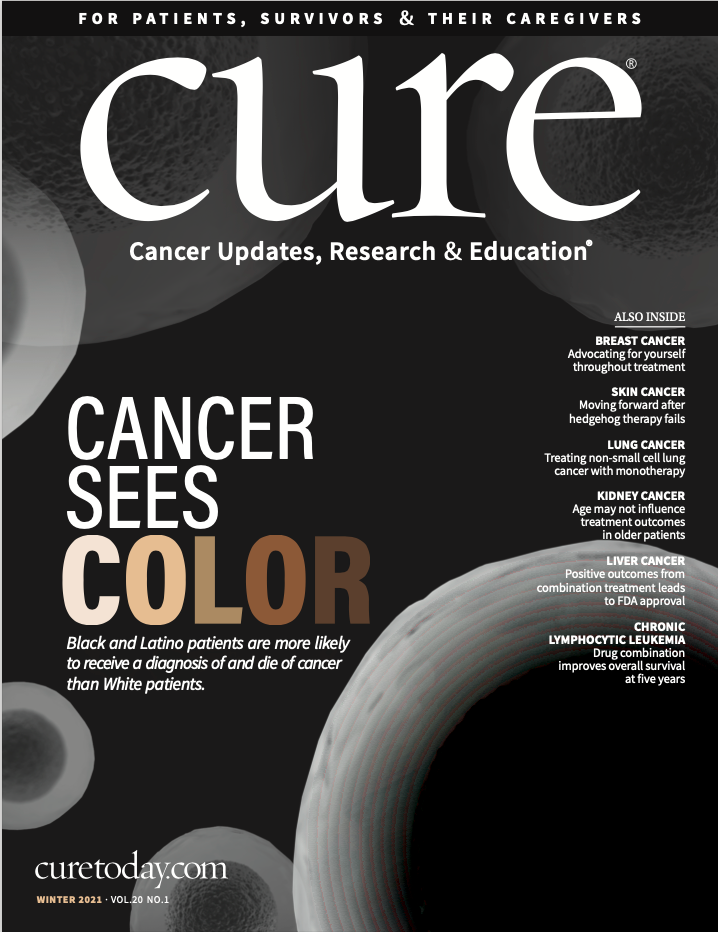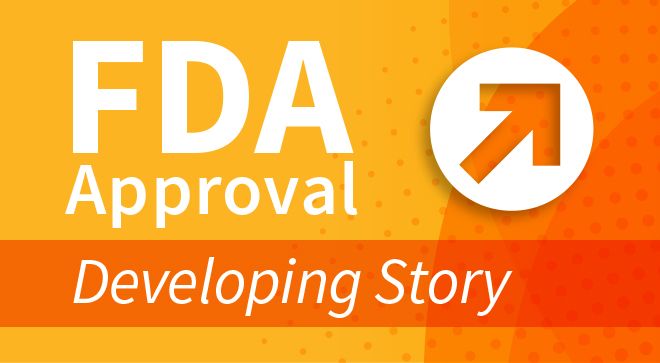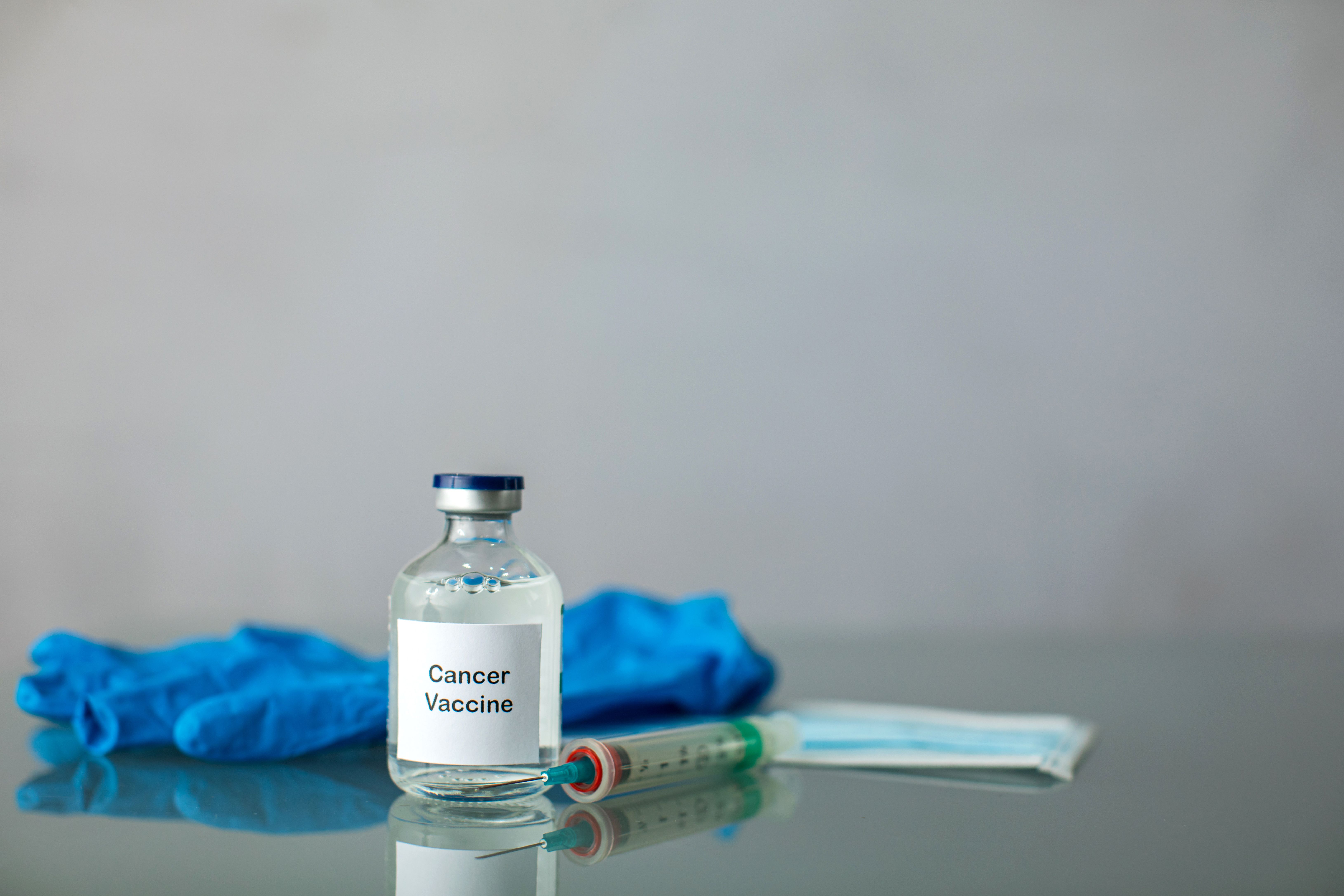Publication
Article
Immunotherapy 101: What Patients Can Expect from CAR-T Cell Therapy
Author(s):
Chimeric antigen receptor (CAR)-T cell therapy is becoming more widely available, with two drugs approved to treat specific blood cancers and more being investigated in clinical trials across cancer types. Here’s what patients need to know if they’re considering treatment with one of these novel immunotherapies.
CAR-T cell therapy has been in development for a few decades, and while it is currently approved strictly for the treatment of certain B-cell malignancies, it is being explored in a host of additional cancer types. Yet many patients, even those eligible to receive CAR-T cell therapy now, may be unaware of the treatment strategy, its mechanics or how it could help them.
To get a deeper understanding of how this treatment is being used today, as well as the side effects associated with it, CURE® recently spoke with Dr. Jordan Gauthier of the Seattle Cancer Care Alliance about a new set of CAR-T therapy guidelines for patients released by the National Comprehensive Cancer Network (NCCN).
Gauthier, who specializes in CAR-T-related toxicities, elaborated on what the new guidelines hope to achieve, and what patients can expect from treatment.
CURE®: Can you give our audience a brief overview of what CAR-T cell therapy is and how it's used?
Gauthier: In CAR-T cell therapy, the “CAR” means chimeric antigen receptor. So, what does that mean? This is really using your immune system to attack cancer cells. And how does that work? We use one white blood cell type that we call T cells, and we engineer them in the lab to express this new receptor that we call the CAR, or chimeric antigen receptor. So, we “cook” the cells in the lab until we have enough of them, and then we put them in a bag and we infuse them. It's like a transfusion, basically.
And after this infusion, the CAR-T cells will roam around (the body), and when they find the target on the surface of the tumor cells, they become activated. They produce a lot of molecules that activate the immune system, (which) we call cytokines, and multiply many, many fold, and they kill the cancer cells. This new type of immunotherapy has proven very, very efficient in patients who did not respond to standard chemotherapy, for example.
Today, there are two available CAR-T cell therapy products that are FDA-approved, one called Yescarta (axicabtagene ciloleucel) and one called Kymriah (tisagenlecleucel). And they are approved, still in a very narrow indication, for adults with large B-cell lymphoma and (patients up to the age of 25 with) B-cell acute lymphoblastic leukemia (ALL). So, there is, today, no approved product for adult patients with ALL.
This is still fairly early days, because the indication is in the relapsed or refractory (treatment-resistant) setting, which means that you cannot receive this treatment in the frontline (as a first therapy). (In order to receive it,) your disease would not be responding to a first-line or second-line therapy, and then we would consider these new treatments. So, these are not standard-of-care, frontline therapies, but maybe someday in the future they will be.
This type of therapy often involves just a single treatment, whereas other regimens, such as chemotherapy or radiation, might involve multiple treatments over a course of time. Could that be considered a benefit?
Yes, I think that's the dream. The goal is to have a one-shot type of treatment where we give the infusion and we wait 28 days. Then, we look at how the disease responded and we are good to go, and there's no consolidation treatment and nothing else. That's obviously the goal.
To date, there is no additional treatment when we give CAR-T cells, and then we have actually observed very prolonged responses, but not in all patients. There's still a lot of work to do to ameliorate or improve the durability of responses.
What kinds of side effects can patients expect on this treatment?
I would say there are four main types of side effects, but the guidelines really focus on two of them.
First, I mentioned that when the CAR-T cells meet the target and become activated, it produces the molecules that activate the immune system. We call these molecules cytokines, and the clinical complication that can occur is called cytokine release syndrome (which involves the cytokines overstimulating the immune system so that it attacks healthy organs). That’s a very significant side effect that can happen.
Another concern is neurologic side effects, or neurotoxicity. We call that ICANS, which means “immune effector cell-associated neurotoxicity syndromes.”
The other side effects that are not as detailed in the guidelines, but I think are still important to mention, are the risk of infections and the risk of having low blood counts and the need for transfusions for a couple of weeks or even sometimes a couple of months after the treatment.
These are quite significant toxicities, as well, but are not really the main focus of this particular document.
Can you give us more information on these new NCCN guidelines around this treatment and how they will help patients?
These new treatments are very, very promising in terms of efficacy, but they do come with some significant side effects. And I think it's critical to inform patients to the best of our ability as to what can truly happen: What are the main symptoms? When do they happen? How long do they last? What are the treatments for these complications?
I think it makes the treatment much more tolerable for patients when, psychologically, they can anticipate and they’re not caught off guard completely when something happens. So, I think it's really to raise awareness regarding the side effects and improve patient education, and it's a really thorough document.
When a doctor recommends CAR-T cell therapy, what kinds of questions would you recommend a patient ask?
Well, funny you say that, because on page 23 (of the NCCN guidelines), there is a list of possible questions that patients can draw some inspiration from if they don't know what to ask.
I think something that is not provided is an approximation of the risk. Patients may think, ‘How likely am I to develop these side effects?’ Today, there really is no good prognostic tool, but I think most CAR-T cell physicians will be able to give you a rough estimate as to what is (the) risk of developing very serious cytokine release syndrome or neurologic toxicity. So, to me, that's an interesting thing to ask.
Last, I think it's important to understand that, when some patients become confused or delirious, caregivers are sometimes even more worried than the patients themselves, who don’t sometimes fully realize what's happening. So, I think both should really be part of the conversation.
This interview has been edited for clarity.
For more news on cancer updates, research and education, don’t forget to subscribe to CURE®’s newsletters here.



